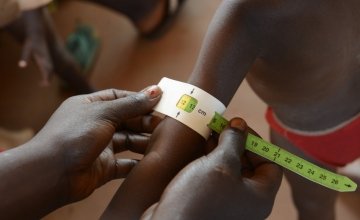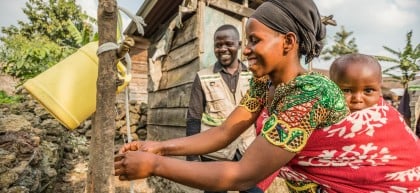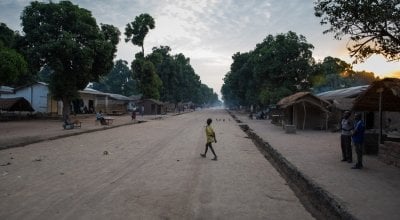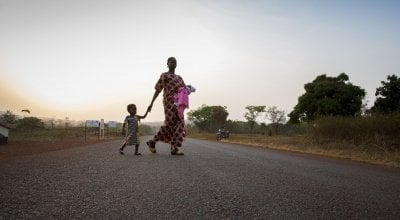
Knowledge Hub
Central African Republic: the world’s hungriest country

Today, the Global Hunger Index (GHI) – an annual report published by Welthungerhilfe and Concern Worldwide – was released. The GHI is a tool designed to measure and track hunger at global, regional and national levels to assess the progress, and setbacks, in combating hunger. It also reveals the hungriest country in the world, which we can use as a microcosmic example to explore the main drivers of, and possible solutions to global hunger.
The world’s hungriest country
This year, there was one country with hunger levels classified as “extremely alarming”: Central African Republic (CAR).
CAR is located in the very centre of the African continent, in a fragile and conflict-prone region. It has a beautiful and varied landscape and a diverse - though relatively small - population of just under five million. However, CAR has suffered from decades of misrule, coups and periods of violent conflict. The most recent conflict began at the end of 2012 and at its height forced millions to flee their homes. It also caused a surge in hunger levels. But exactly how does conflict exacerbate hunger levels – on a local and global scale?
Already a poor and vulnerable country, the recurrence of conflict since 2013 has driven over a million people, a fifth of the entire population, from their homes. More than 2.5 million people - over half the population - are in need of humanitarian assistance. At the height of the conflict, fields in many areas were trampled or burned, and for a largely rural population where growing your own food is integral to obtaining enough nutritious food for a balanced diet, this is a huge problem. Food reserves, seed stores and livestock were also looted, and much of the infrastructure was destroyed.

While conflict is by no means the sole perpetrator of global hunger, it is the main driver. The bottom three countries of this year’s GHI – CAR, Chad and Yemen – are all in the midst of conflict, and in fact 60% of the world’s hungry people live in conflict zones.
The devastating impact on food security is long-lasting, in part because hunger and conflict is a self-defeating circle – conflict increases food insecurity, and food and nutrition insecurity increase the likelihood of unrest, violence and conflict.
What can be done?
This self-defeating circle may seem interminable, but the conflict and hunger cycle can be broken. According to our experts (Caitriona Dowd, Humanitarian Policy Officer, and Anushree Rao, Senior Policy Officer in Nutrition) first and foremost, more investment in peacebuilding is absolutely necessary. Support is needed for policies designed to prevent conflict as our efforts on malnutrition and resilience cannot progress until we invest in peacebuilding – particularly given the number of countries that have been marred by prolonged conflict. Furthermore, since most conflict-engendered forced migration is protracted (the average duration of displacement for a refugee is currently 26 years), long-term solutions for refugees and internally displaced people (IDPs)—including income-generation opportunities, education, and training—are vital. And this is just the start.
In the meantime, while we may not be able to fix the issue of conflict, Concern is working to improve the lives of those affected by it. We do this by building the resilience of communities and delivering programmes addressing issues around food security and livelihoods, health and nutrition, water, sanitation and hygiene, gender and disaster risk reduction. Concern deals with the human toll of conflict on a daily basis. We are now in our 50th year of tackling crisis in the world’s most conflict-affected contexts, and will continue to help alleviate suffering and work with communities to address the root causes of hunger – in this case, conflict.
Lucy Bloxham
Digital Content Editor






